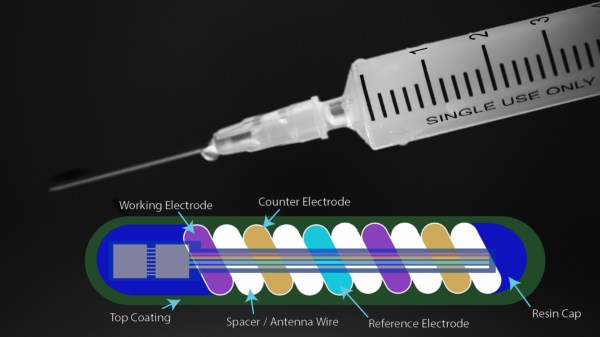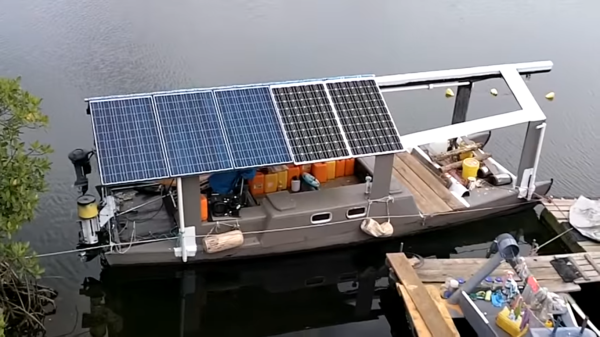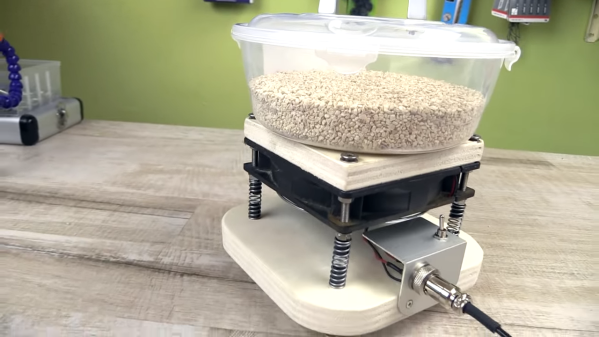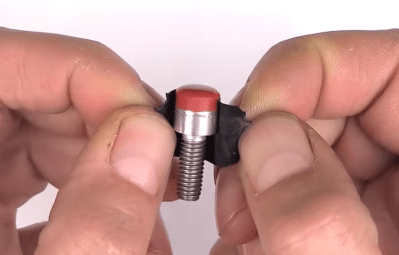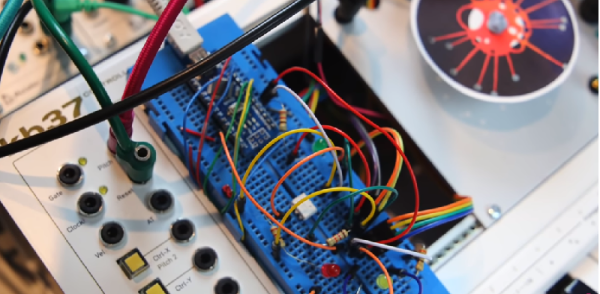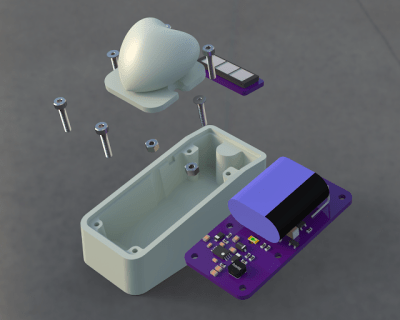People with diabetes have to monitor their blood regularly, and this should not be a shock to anyone, but unless you are in the trenches you may not have an appreciation for exactly what that entails and how awful it can be. To give a quick idea, some diabetics risk entering a coma or shock because drawing blood is painful or impractical at the moment. The holy grail of current research is to create a continuous monitor which doesn’t break the skin and can be used at home. Unaided monitoring is also needed to control automatic insulin pumps.
Alphabet, the parent company of Google, gave up where Noviosense, a Netherlands company owned by [Dr. Christopher Wilson], may gain some footing. Instead of contact lenses which can alter the flow of fluids across the eye, Noviosense places their sensor below the lower eyelid. Fluids here flow regardless of emotion or pain, so the readings correspond to the current glucose level. Traditionally, glucose levels are taken through blood or interstitial fluid, aka tissue fluid. Blood readings are the most accurate but the interstitial fluid is solid enough to gauge the need for insulin injection, and the initial trial under the eyelid showed readings on par with the interstitial measurements.
Hackers are not taking diabetes lying down, some are developing their own insulin and others are building an electronic pancreas.
Via IEEE Spectrum.

